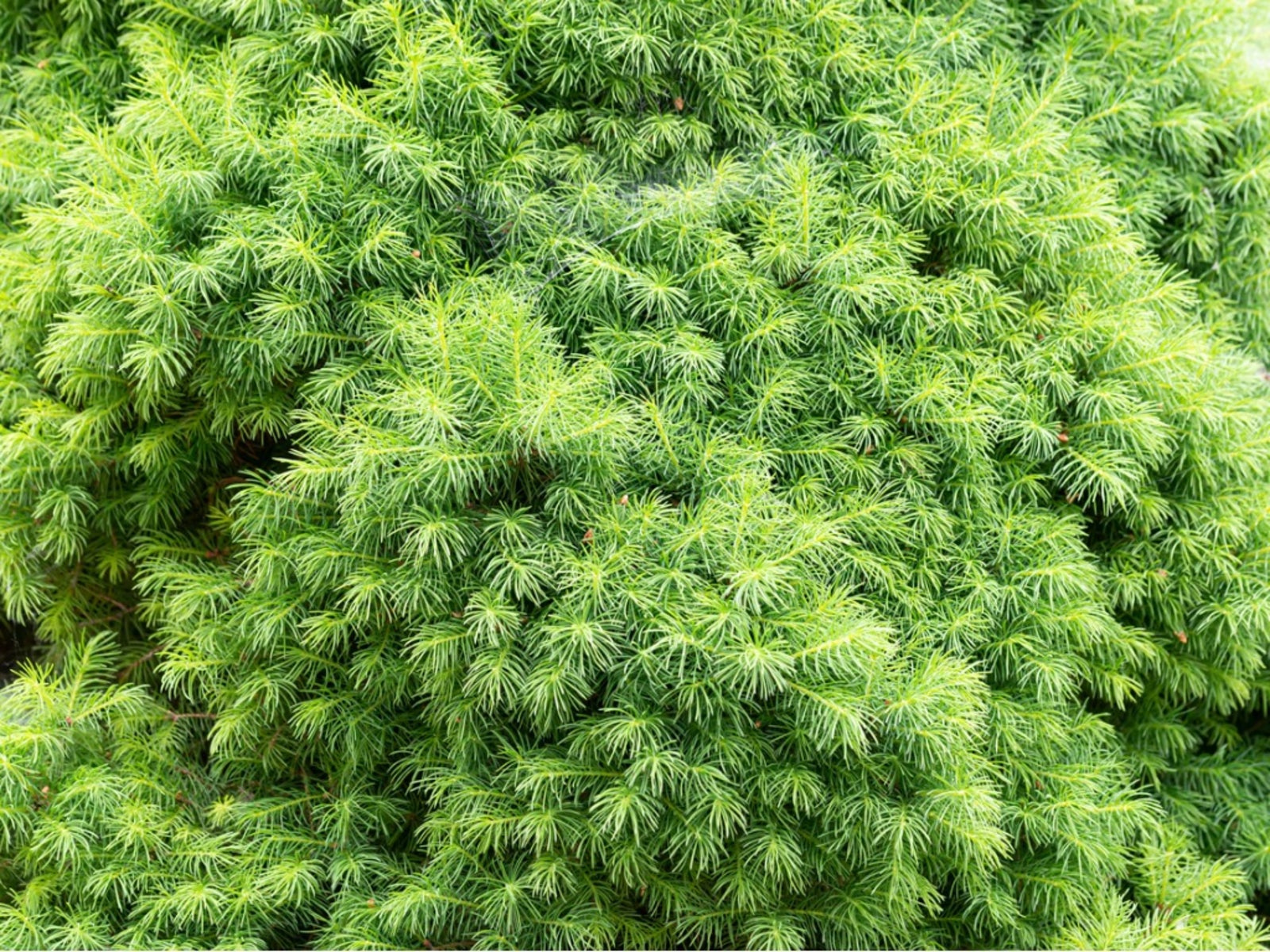Bird's Nest Spruce Care: How To Grow Bird's Nest Spruce Shrubs


Dwarf Norway spruce is one of the best small evergreen shrubs for the landscape. It produces a perfect small mounding form that compliments any bed, foundation planting, container, or pathway edge. The plant is also known as bird's nest spruce (Picea abies "Nidiformis"). What is a bird's nest spruce? This is a marvelous foliage plant well suited for USDA plant hardiness zones 3 to 7. Learn how to grow bird's nest spruce for a spectacular year-round display of greenery.
What is a Bird's Nest Spruce?
The small depression in the center of the shrub is the genesis of the name, bird's nest spruce. It is a Norwegian shrub that gets only 2 feet (0.5 m.) tall and about 4 feet (1 m.) wide. The evergreen needles are short and grayish-green except when young. The new growth is a brilliant greenish-yellow and suspended in clusters at the tips of the stems, adding interest to the plant. Bird's nest spruce's form is flat on top with a concave center and densely needled stems. Dwarf Norway spruce branches are produced in horizontal layers, which grow thickly on the shrub. This little guy is slow-growing and may take 10 years or more to reach its mature size.
How to Grow Bird's Nest Spruce
The little shrub prefers a sunny location but it can tolerate partial shade. The soil must be well-draining and acidic to moderately alkaline. It will thrive in rocky soil, clay, or even sand. Bird's nest spruce has the best growth when it is kept moist, but once the mature plant is established it can handle periods of drought. Bird's nest spruce care is average with very little maintenance. The spruce is not bothered by rabbits or deer and has few pest or disease problems.
Bird's Nest Spruce Care
Remove any diseased, broken, or damaged limbs any time of the year. If you wish to keep the plant in a diminutive habit, trimming bird's nest spruce is best done in late winter to early spring in the second year. The shrub is extremely slow-growing, however, and trimming bird's nest spruce is not generally required. Container plants need to be re-potted every two to three years in a good potting soil. Feed the plant in spring with an all-purpose fertilizer applied just as new green growth appears. Water the plant weekly in summer for both in-ground and potted plants. Try planting this shrub in a rockery, along a path, or in a container with annual plants. The shrub is fragrant when needles are crushed and also useful on sloping ground and exposed, windy hillsides.
Gardening tips, videos, info and more delivered right to your inbox!
Sign up for the Gardening Know How newsletter today and receive a free copy of our e-book "How to Grow Delicious Tomatoes".

Bonnie Grant is a professional landscaper with a Certification in Urban Gardening. She has been gardening and writing for 15 years. A former professional chef, she has a passion for edible landscaping.
-
 Zinnias On Repeat: 10 Glorious Cut-And-Come-Again Varieties For Endless Summer Bouquets
Zinnias On Repeat: 10 Glorious Cut-And-Come-Again Varieties For Endless Summer BouquetsThese zinnia varieties keep giving all summer, making them the perfect choice for dedicated cutting gardens – or just the occasional homegrown bouquet.
By Ellen Wells
-
 Create A Romantic Garden Straight Out Of Bridgerton: Regency Era Romance In Your Garden
Create A Romantic Garden Straight Out Of Bridgerton: Regency Era Romance In Your GardenTry some romantic garden ideas straight out of Bridgerton. Flowers and gardens in the Regency era were lush and charming and you can get the same look!
By Bonnie L. Grant